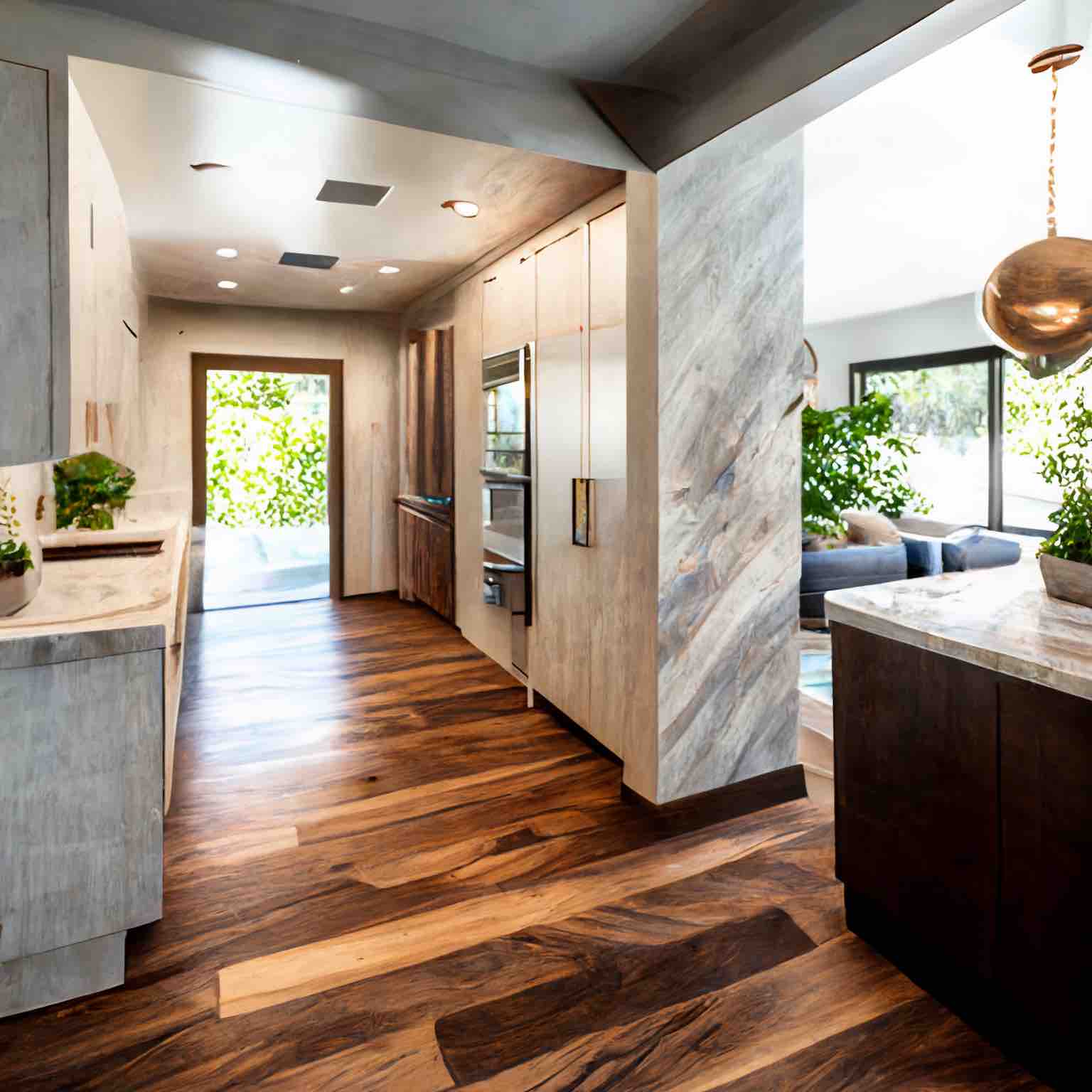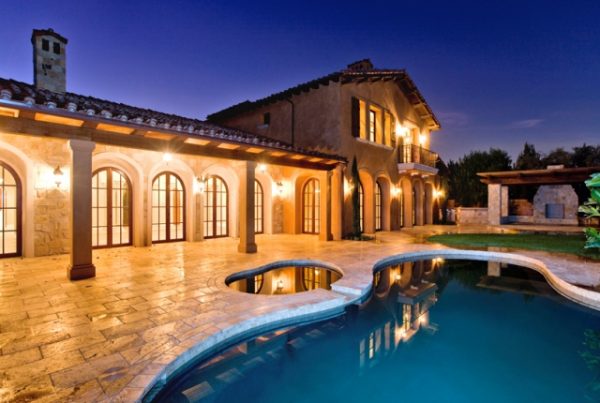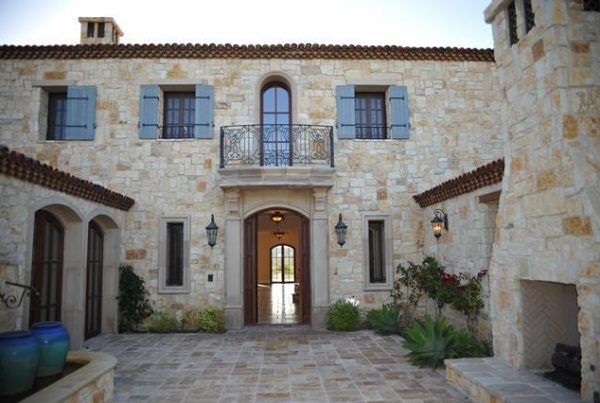Building a custom home is a dream come true for many homeowners. Designing and building a new house from the ground up allows you to personalize every detail and create a space that reflects your lifestyle, needs, and preferences. However, it can be a daunting process, especially if you are not familiar with the timeline and the steps involved. So, let’s provide a guide to building a new custom home and outline the timeline for each step.
Step 1: Design and Planning (2-6 months)
The first step in building a custom home is designing and planning. During this stage, you will work with an architect or custom home builder to create a design that meets your specific needs and preferences. You will need to consider factors such as lot size, budget, zoning regulations, and building codes.
The design and planning stage can take anywhere from two to six months, depending on the complexity of the design and the number of revisions required. You will need to review and approve the design, make changes if necessary, and obtain the necessary permits and approvals.
A reputable custom home builder near you, can guide you through the design and planning stage, help you select the right materials, and provide advice on cost-effective solutions.
Step 2: Site Preparation and Foundation (1-2 months)
Once the design is finalized and the necessary permits are obtained, the next step is site preparation and foundation. This stage involves preparing the land for construction, excavating, and leveling the site, and pouring the foundation. The foundation is one of the most critical parts of the building process since it supports the weight of the entire structure.
The site preparation and foundation stage can take between one to two months, depending on the site’s condition and the weather. Factors such as soil type, drainage, and access to utilities can affect the timeline.
Step 3: Framing and Roofing (1-3 months)
Once the foundation is in place, the next step is framing and roofing. This stage involves constructing the frame of the house and installing the roof. The framing stage is when the shape of the house takes form, and you can visualize the interior spaces and the overall layout.
Framing and roofing can take anywhere from one to three months, depending on the size and complexity of the design. Factors such as the roof’s pitch, the type of framing material used, and the number of windows and doors can affect the timeline.

Step 4: Plumbing, Electrical, and HVAC (2-4 months)
The next step in building a custom home is installing plumbing, electrical, and HVAC systems. This stage involves working with contractors to install the necessary systems, including wiring, plumbing, heating, and cooling. The plumbing, electrical, and HVAC systems are essential for the home’s functionality and comfort, and they need to be installed according to the local codes and regulations.
Installing plumbing, electrical, and HVAC systems can take between two to four months, depending on the size of the house and the complexity of the systems. Factors such as the number of bathrooms and kitchen appliances, the type of HVAC system, and the wiring requirements can affect the timeline.
Step 5: Insulation, Drywall, and Interior Finishes (2-4 months)
Once the plumbing, electrical, and HVAC systems are in place, the next step is installing insulation, drywall, and interior finishes. This stage involves adding insulation to walls, installing drywall, and painting walls, among other things. The insulation and drywall are essential for the home’s energy efficiency and soundproofing, while the interior finishes add the final touches and personalization.
Installing insulation, drywall, and interior finishes take between two to four months, depending on the size and complexity of the design. Factors such as the number of rooms, the quality of finishes, and the type of materials used can affect the timeline.
Step 6: Final Touches and Move-In (1-2 months)
The final step in building a custom home is adding the finishing touches and moving in. This stage involves completing any remaining tasks, such as installing light fixtures, landscaping, and cleaning up the site. You will also need to obtain a certificate of occupancy from the local authorities to confirm that the home is safe and meets the local building codes.
The final touches and move-in stage can take between one to two months, depending on the remaining tasks and your personal preferences. You may need to coordinate with movers and utility companies to ensure a smooth transition.
Choosing the Right Custom Home Builder
Building a custom home is a significant investment of time and resources, but it is also an opportunity to create a space that reflects your lifestyle and personality. It requires careful planning, attention to detail, and expertise. Understanding the timeline and the steps involved can help you plan and prepare for the process and make informed decisions. Choosing the right custom home builder can make a significant difference in the timeline and the quality of the finished product.
Final thoughts
When selecting a custom home builder, look for a company that has a proven track record of success, experience in building custom homes, and a reputation for quality workmanship. By working with a reputable custom home builder, you can ensure that your custom-built home meets your expectations and is built to last. Crest Builders provides a turnkey solution and offers a range of services, including estimating, scheduling, construction management, and more as part of their home building process. We are committed to delivering exceptional results and ensuring that your dream home becomes a reality.
Contact Crest Builders today to start your custom home building journey.





